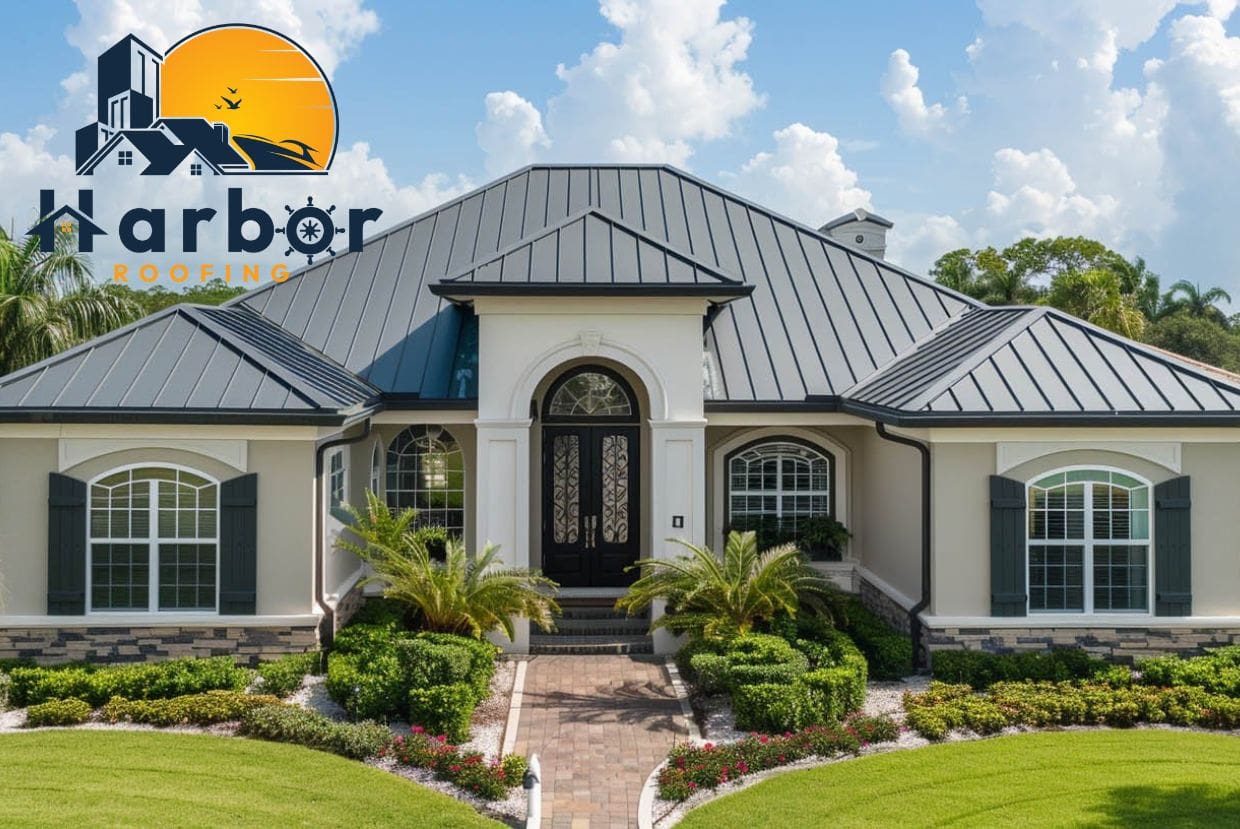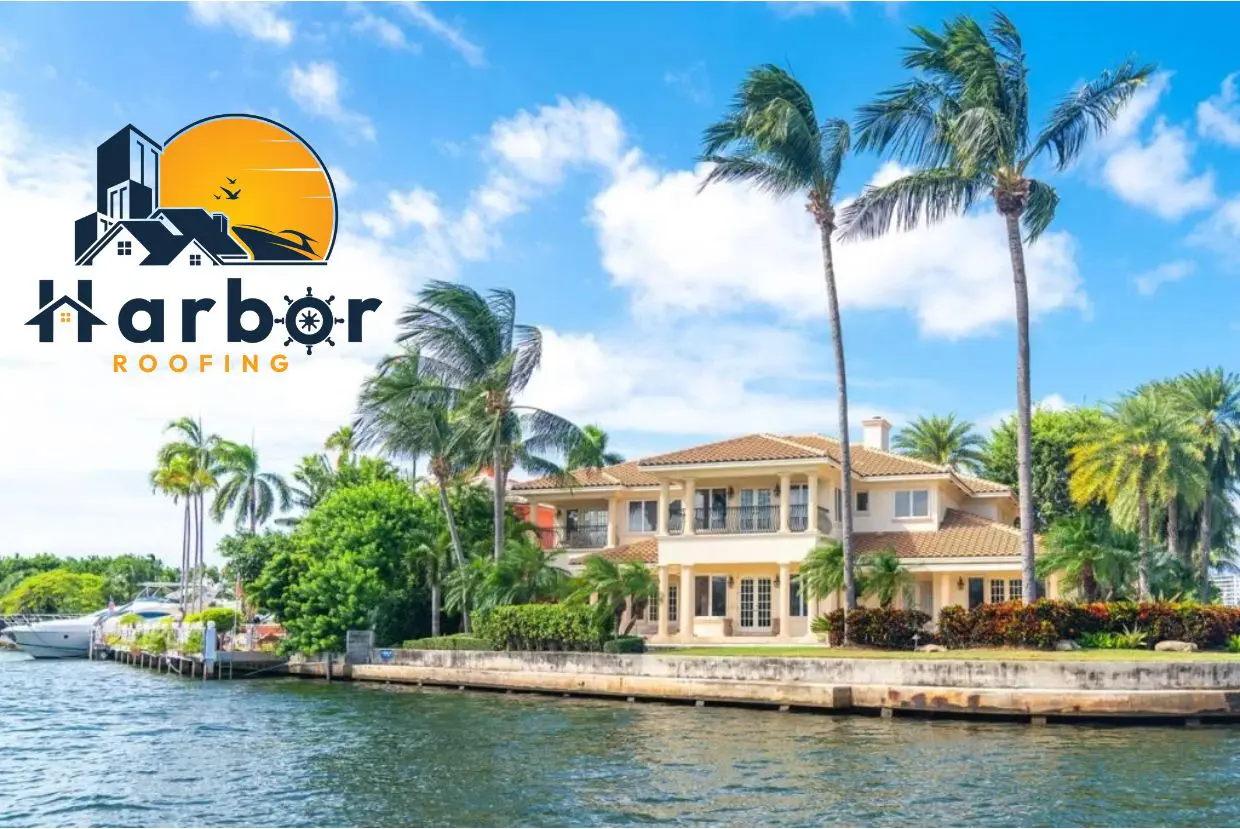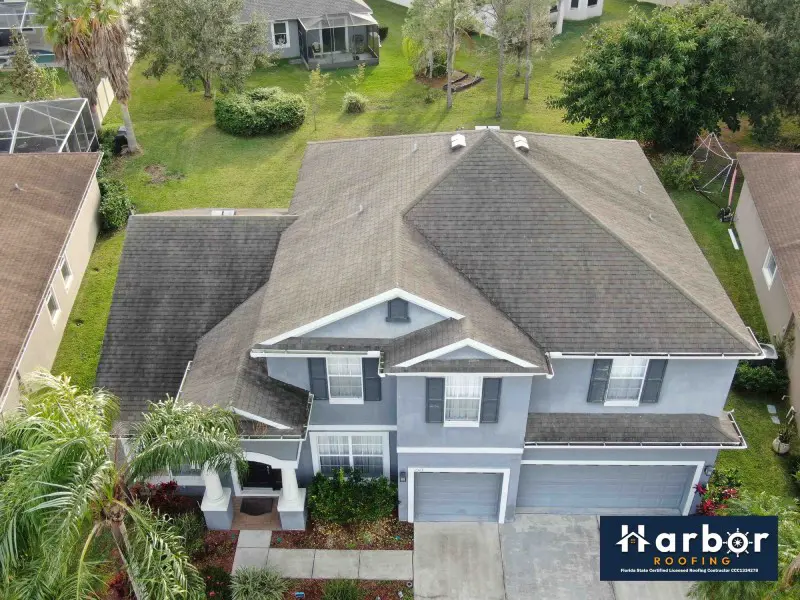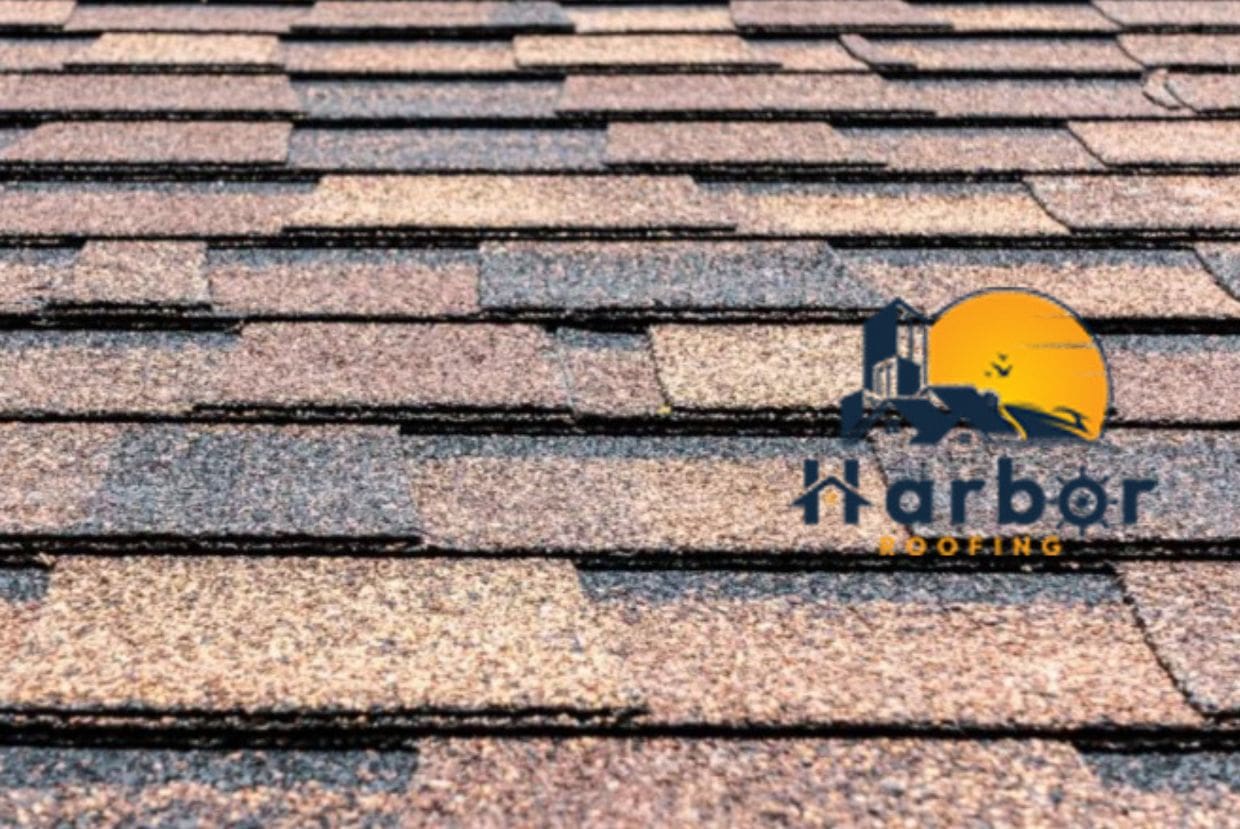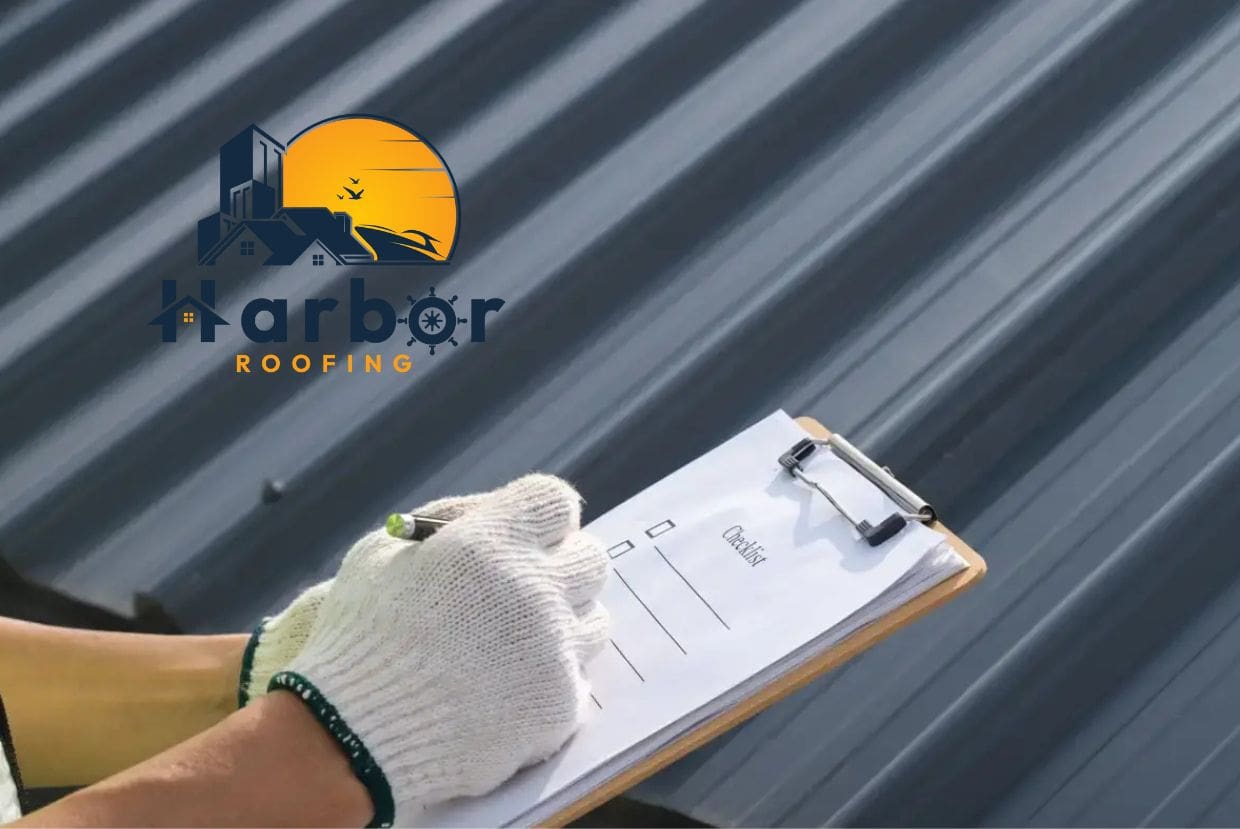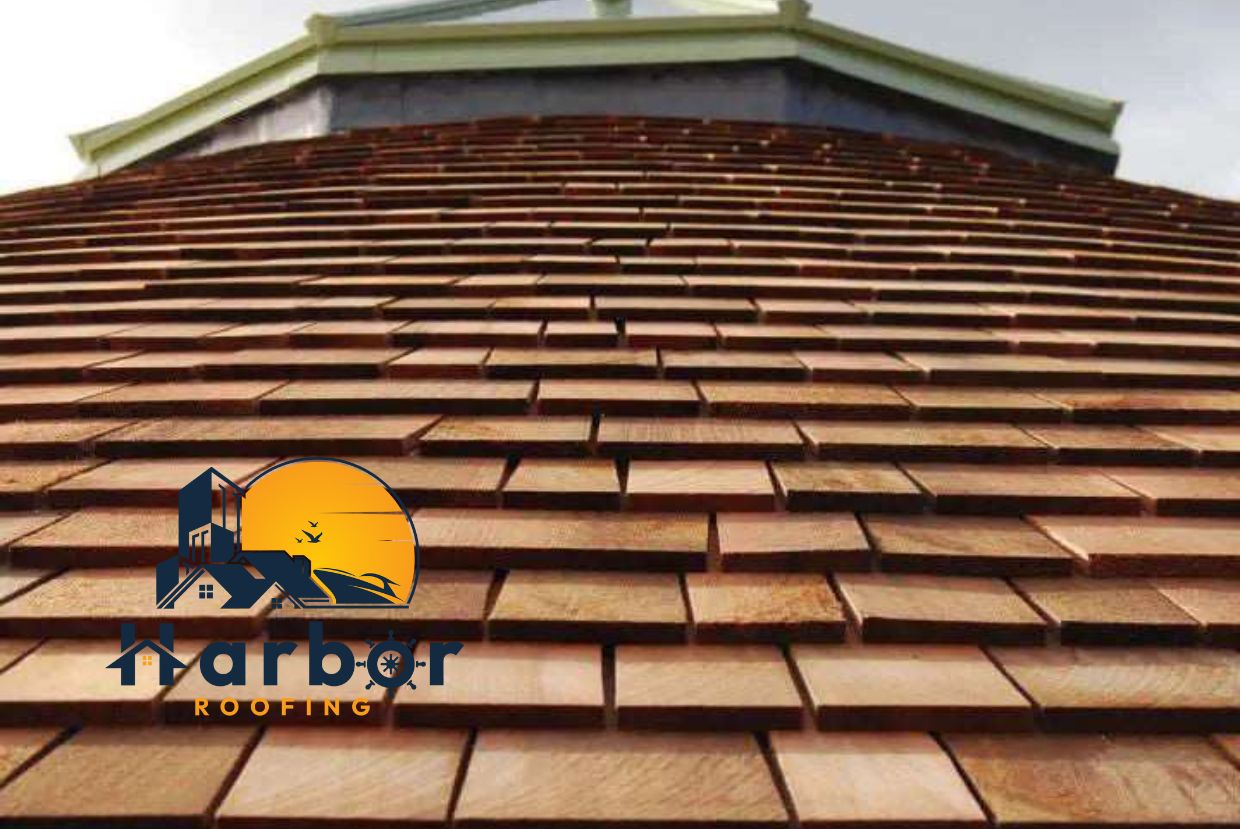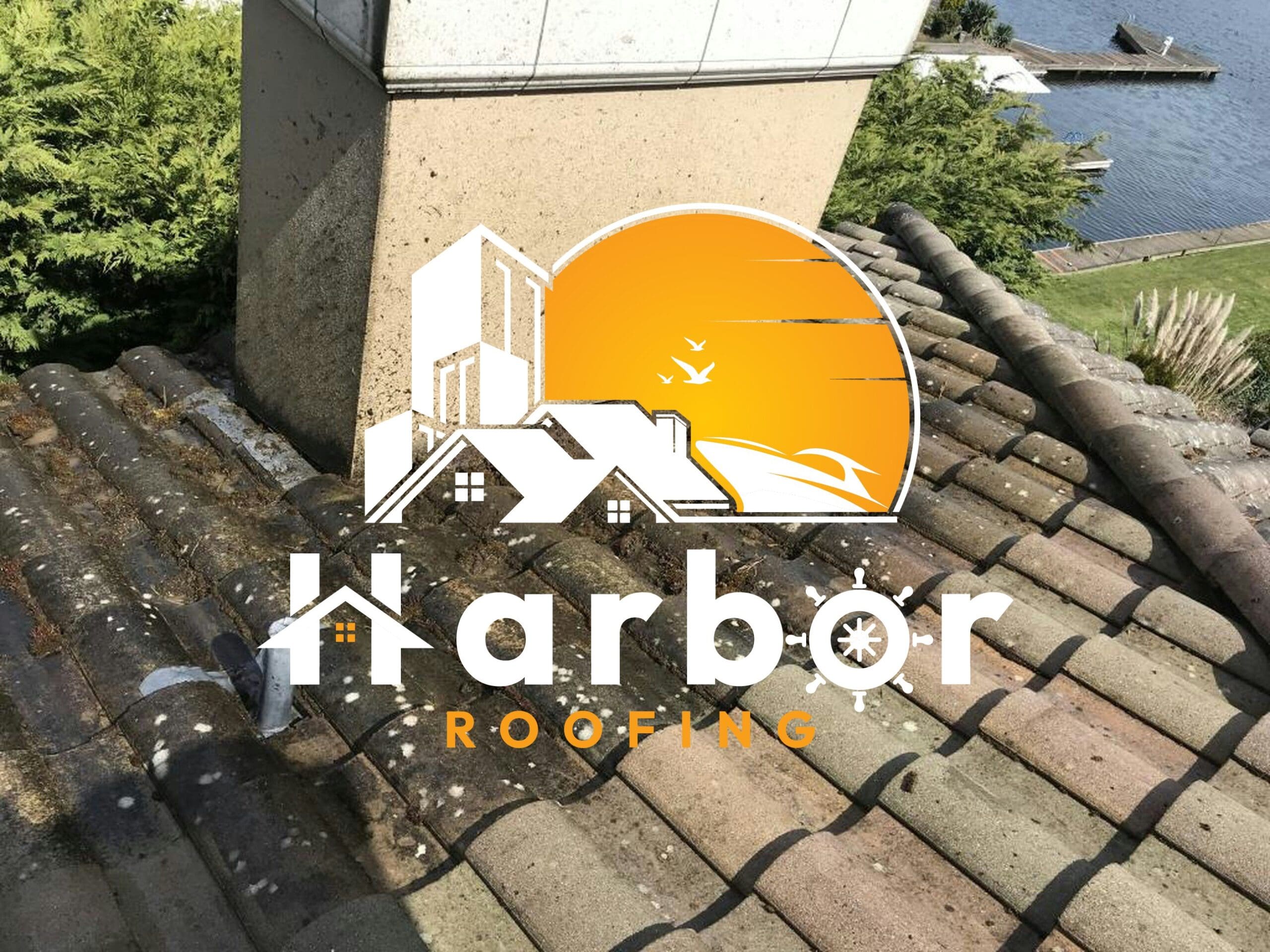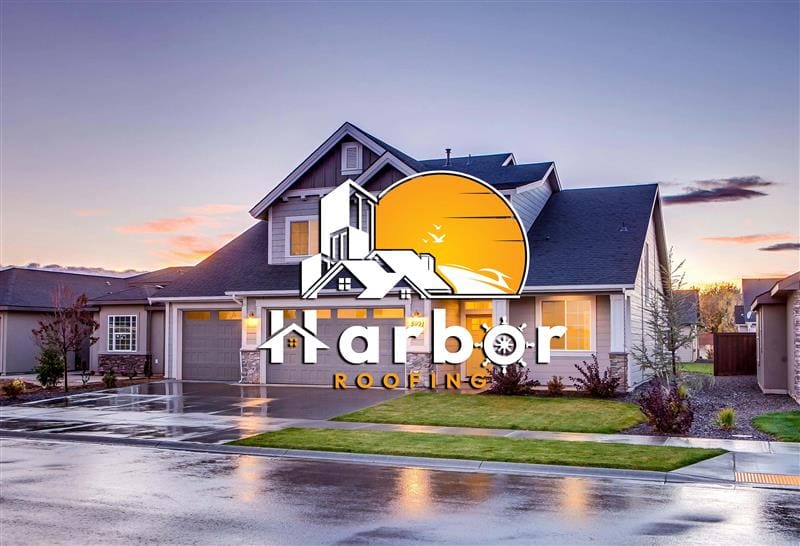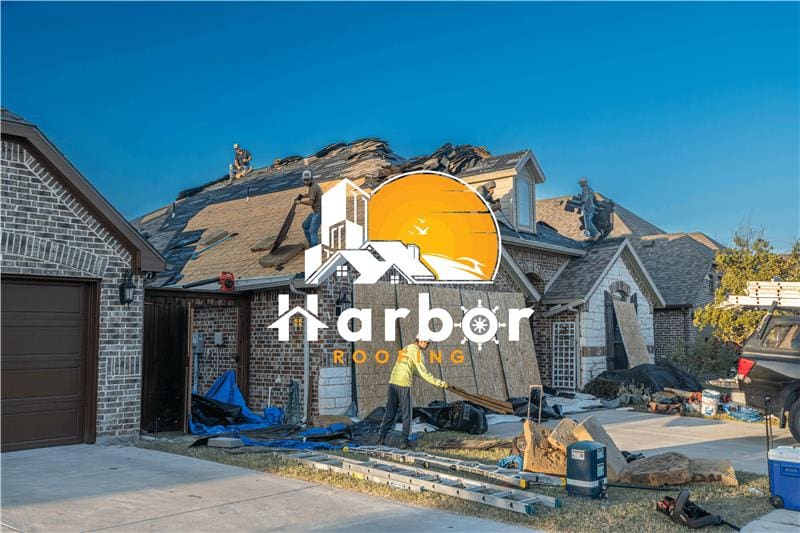Unlike a kitchen makeover, roof replacement might not give you an instant wow factor. Hence, it isn’t the kind of expense anyone would get excited about. However, when the need arises, you have no choice but to spend your money replacing your roof, because it is one of the most essential parts of your home. Without a functional roof, your house is at risk from leaks, mold, and even structural damage. The challenge is that roofing isn’t cheap, and most homeowners don’t have thousands of dollars sitting around for an emergency replacement. That’s where roof financing comes in.
In 2025, homeowners have more ways than ever to spread out the cost of a new roof, from personal loans to in-house contractor payment plans. The right option can make a $15,000 project much more manageable. This article will expose you to the most common financing options, how to decide what works for you, and tips to make sure you don’t overpay in the process.
How Much Does a Roof Cost in 2025?
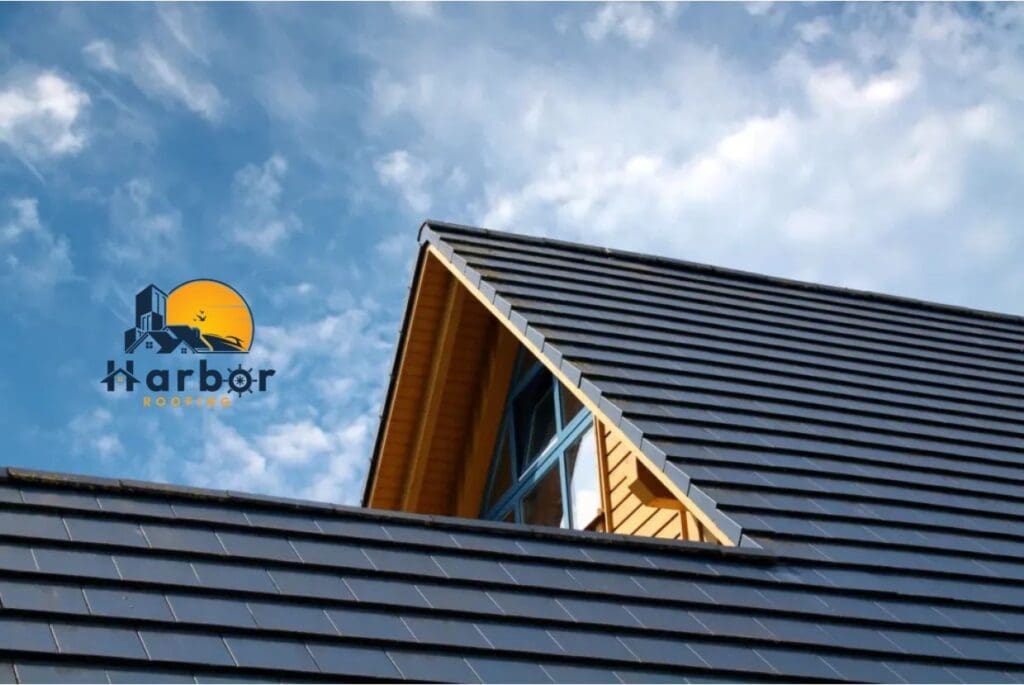
The cost of replacing a roof has skyrocketed over the years. Homeowners in the US can expect to pay anywhere from $8,000 to $20,000 for a new roof on average. However, the exact cost depends on the home’s size, materials chosen, and the cost of local labor. The price of premium materials like slate and metal is on the higher end of the range, while asphalt shingles fall in the lower range.
Key factors that influence roofing costs include:
- A larger or steeper roof. This requires more material and labor, which increases the overall cost.
- The type of roofing material you choose has a significant impact on the price. They include materials like asphalt, metal, tile, or slate.
- Labor rates vary across states and cities, which means installation costs vary by location.
- Tearing off the old roof and disposing of the debris adds extra charges to the final bill.
With those numbers in mind, it’s no wonder many people need financing. Paying $15,000 in one lump sum simply isn’t realistic for most homeowners.
What Is Roof Financing?
Roof financing involves borrowing money or setting up a payment plan to cover the cost of a new roof. Instead of paying everything up front, you pay in installments, spreading the expense out over months or years.
Roof financing is very beneficial to homeowners as it helps them do the following:
Replace or repair their roof immediately, rather than waiting to save up.
Protect their home from weather damage by not delaying critical work.
Budget more comfortably with predictable monthly payments.
Although financing means you’ll likely pay some interest, you will get a secure home and peace of mind in return. It is, however, essential for you to choose the right financing option for your situation.
Popular Roof Financing Options in 2025
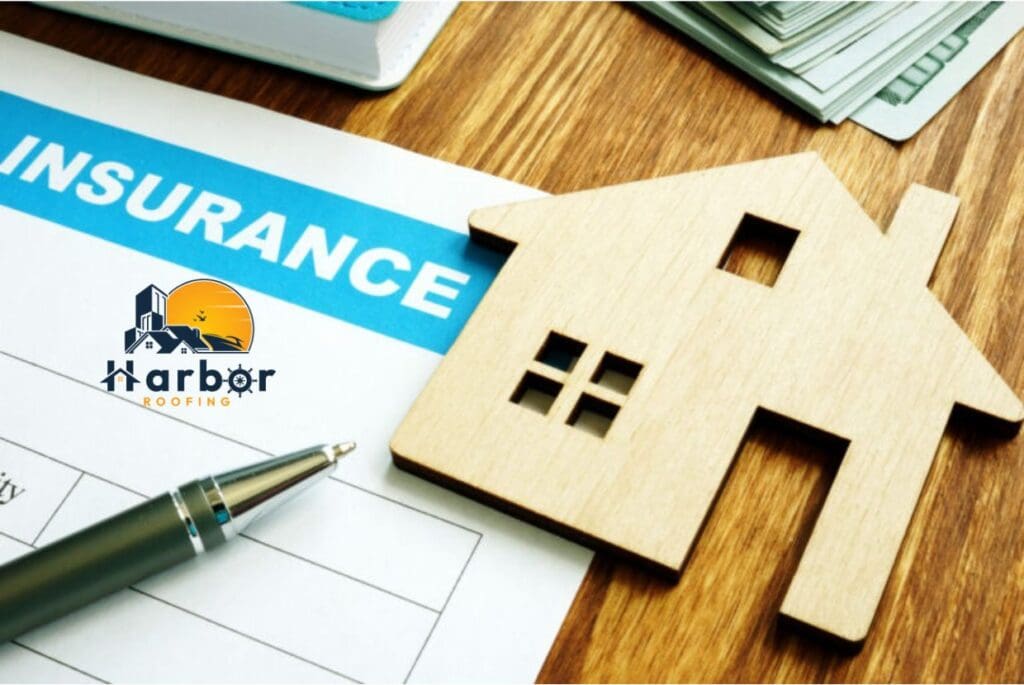
1. Roofing Loans
Loans are one of the most common ways to cover roofing costs. Several types are available:
Personal Loans
Personal loans are unsecured loans you can get from banks, credit unions, or online lenders. They don’t require collateral, and approval often depends on your credit score and income.
In 2025, interest rates for personal loans typically vary from 6% to 18%, depending on creditworthiness.
Pros: Quick approval, fixed monthly payments, no risk to your home.
Cons: Higher interest rates if your credit isn’t great.
Home Equity Loans and Home Equity Line of Credits (HELOC)
If you’ve built up equity in your home, you can borrow against it. A home equity loan gives you a large sum with fixed payments, while a HELOC works more like a credit card, letting you borrow as needed up to a limit.
Pros: Usually lower interest rates than personal loans.
Cons: Your home is collateral, so defaulting puts you at risk of foreclosure.
FHA Title 1 Home Improvement Loans
These are government-backed loans specifically for home improvements, including roof replacements. They’re designed to be more accessible for homeowners with moderate incomes.
Pros: Offers flexible approval, making it suitable even if you don’t have much equity.
Cons: Loan amounts are restricted, so they may not cover extensive roofing projects.
2. Roofing Company Payment Plans
Many roofing contractors now offer in-house financing. This can be a convenient option since you’re working directly with the company handling the installation.
Same-as-cash financing: Some companies offer 0% interest if you pay the balance within a set time frame, usually 6 to 12 months.
Extended payment plans: Contractors may partner with lenders to offer multi-year financing with monthly payments.
Pros: Easy to arrange, often quick approval.
Cons: Terms vary widely, and interest rates may be higher than bank loans if you don’t qualify for promotional offers.
3. Credit Cards
Using a credit card for a roof isn’t always the best idea, but in some cases, it can be a possible option. If you’re handling a minor repair under $5,000 and you have a 0% APR promotional card, you could spread out payments interest-free.
Pros: Quick and easy, rewards points or cash back.
Cons: High interest rates if you carry a balance after the promotional period.
4. Insurance Coverage
In some cases, you may not need finances if your insurance covers the replacement. Homeowners’ insurance usually pays for roofs damaged by storms, hail, or fire. However, it does not cover normal wear and tear or neglect.
If your insurance covers the damage to your roof, do the following:
- File a claim right away.
- Work with an adjuster to assess the damage.
- Choose a contractor who understands the insurance process.
Although insurance won’t cover every situation, it’s always worth checking before you sign a loan.
How to Choose the Best Roof Financing Option
Making a decision when you have options, especially great ones, isn’t always easy. So, what do you do? How do you choose the option that will work best for you?
To choose the best roof financing options, start by asking yourself:
What’s my credit score? Good credit opens doors to better loan terms.
How urgent is the replacement? If your roof is leaking now, you may need the fastest option.
Do I have equity in my home? That may give you access to lower rates.
How much can I afford monthly? Always calculate your budget before signing anything.
When you finish answering those questions, compare APRs, repayment terms, and total interest costs. A loan with a slightly higher monthly payment but shorter term might save you thousands in interest.
10 Tips for Making Roof Financing More Affordable
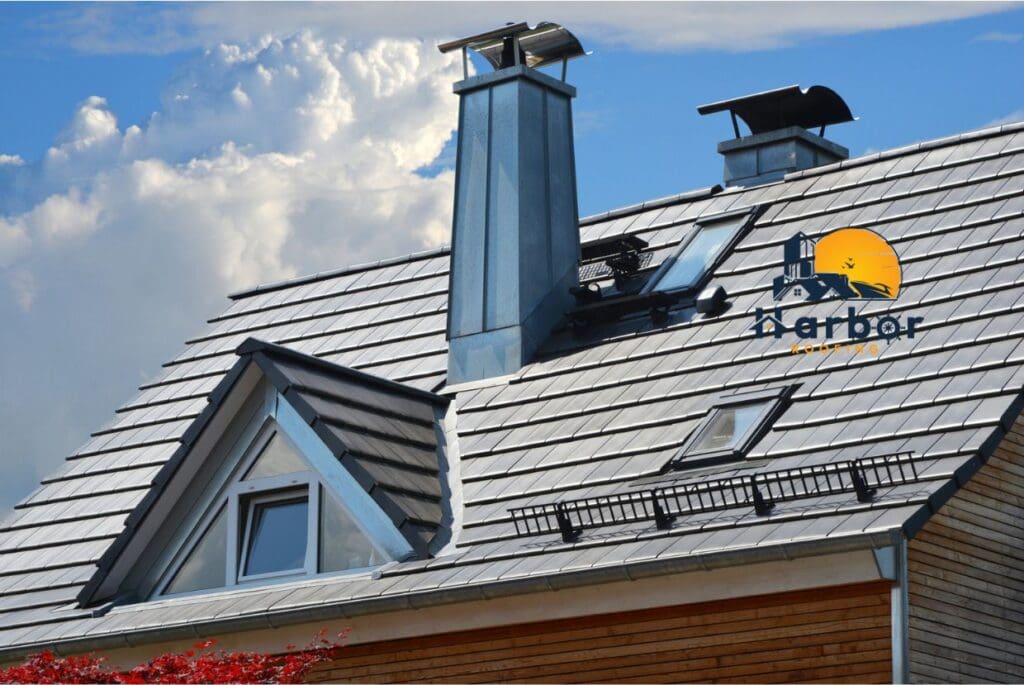
Even if financing is unavoidable, there are smart ways to make it easier on your budget. A few small steps can save you thousands in the long run:
- Improve your credit: If you can wait a few months, paying down debt or correcting errors on your credit report could lower your interest rate and give you access to better loan terms.
- Get multiple estimates: Roofing quotes can vary by thousands of dollars. Always compare at least three contractors before making a decision.
- Ask about incentives: In 2025, many states still offer rebates or tax credits for energy-efficient or solar-ready roofs. These programs can significantly reduce your out-of-pocket costs.
- Negotiate with contractors: Roofers may offer discounts for off-season projects, repeat customers, or if you pay part of the cost upfront.
- Choose the proper loan term: Choosing shorter terms means your monthly payments will be slightly higher. However, you’ll pay far less in interest altogether.
- Bundle repairs when possible: If your home needs other updates, financing them together can sometimes be more affordable than taking out separate loans later.
- Use savings for a portion of the cost: Even putting 10 to 20% down reduces how much you need to borrow, which lowers your payments and interest.
- Look for local programs or grants: Some cities, counties, or utilities fund roof replacements that improve energy efficiency or storm resistance.
- Check for manufacturer promotions: Roofing manufacturers sometimes offer seasonal discounts or extended warranties through approved contractors.
- Schedule wisely: Prices may decrease during slower seasons, such as late fall or early winter.
Conclusion
Replacing a roof is one of those major expenses every homeowner faces eventually. Thankfully, you don’t have to exhaust your savings to get it done. From personal loans and home equity options to contractor payment plans and insurance coverage, 2025 offers plenty of ways to finance your roof responsibly.
The best choice ultimately depends on your credit, budget, and the urgency of the work. Do your research, compare offers, and don’t be afraid to ask questions. With the right financing plan, you wouldn’t need to break your bank to get a strong, reliable roof.
Frequently Asked Questions
What credit score do I need to get a roofing loan?
Most lenders prefer a score of at least 650, but FHA Title 1 loans and some contractor financing options may work with lower scores.
Are roofing company payment plans safe?
They can be, but read the fine print. Make sure the terms are clear and compare them with bank loans before committing.
Does homeowners’ insurance cover a new roof?
It does only if the damage is from a covered event like hail, wind, or fire. It won’t cover general ageing or poor maintenance.
How long can I finance a roof for?
It depends on the lender. Personal loans usually range from 2 to 7 years, while home equity loans can stretch to 15 years.
